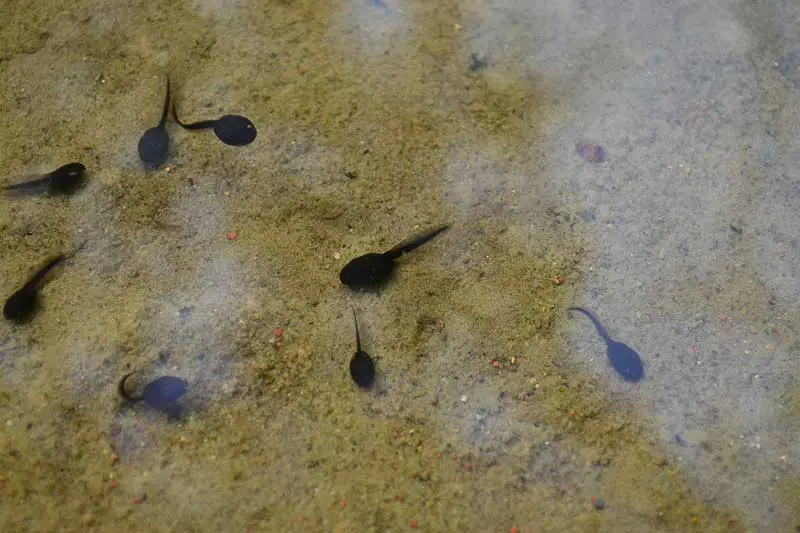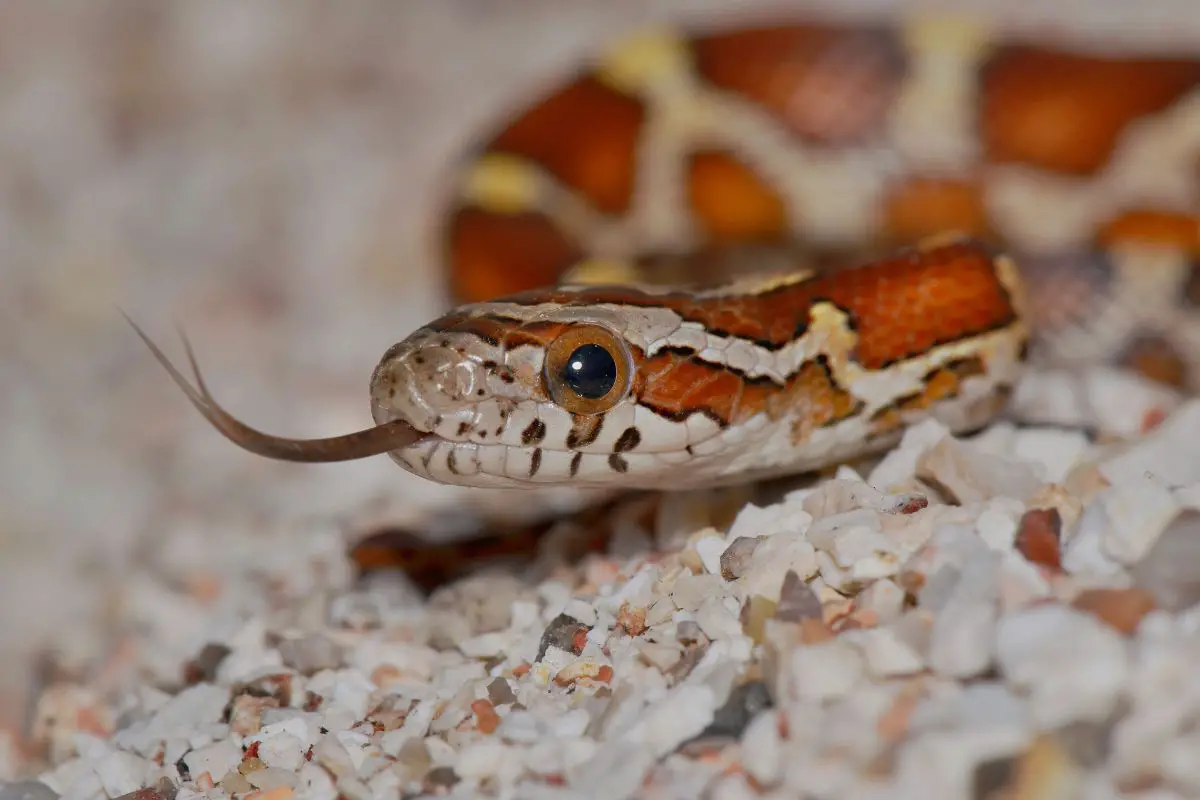Animals are fascinating creatures that display various traits and characteristics. For example, some can sleep standing up, give birth without males, or adapt quite well while being blind. There are even animals that naturally change their gender in a process known as sequential hermaphroditism. Why does gender-changing occur in animals? And can frogs change their gender?
This article will explore these two questions and answer your curiosities around gender and reproduction in frogs. It will also cover examples of animals that commonly change their gender and why.
Let’s find out more!
Can Frogs Change Gender?
Yes, frogs can change their gender due to various reasons, especially as a result of environmental changes or pollution. Frogs rely on both genetics and environment to determine their gender. This means that a genetically male frog can end up developing with female body parts due to environmental influences.
As far as scientists know, gender changes in frogs only occur when they are larvae or tadpoles. Once the frog reaches adulthood, they cannot change genders.

Why do Frogs Change Their Gender?
Typically, frogs will change their gender in reaction to changes in the environment. One research study found that human-created pollution that increased the levels of estrogen in suburban ponds led to an increase of female frogs.
Another study by the University of California, Berkeley, found that the pesticide atrazine turned one in 10 male frogs into females. It also reduced testosterone in three-quarters of male frogs, preventing them from reproducing. The female-turned male frogs could not produce female offspring even though they could successfully mate with other male frogs: a situation that contributes to population decline.
Even without human pollution, scientists are finding frogs can change gender in reaction to the natural changes in temperature or other environmental variables. Sometimes frogs also change gender to female if their population ratio is too heavily male.
Can Female Frogs Reproduce Without a Male?
No. All female frogs require a male frog to fertilize the eggs they release to reproduce. All frogs also hatch from eggs into tadpoles. However, not all frogs lay their eggs in the water. Some frogs will lay eggs on land and keep the eggs moist with urine or water. Some species even carry their eggs around in their abdomens or vocal sacs.
How Do You Tell Female Frogs from Male Frogs?
Most frog species have main differences between females and males, known scientifically as being sexually dimorphic. Their body color and sizes can differ depending on whether they are male or female. For example, the female American toad (Anaxyrus americanus) is significantly larger than males, so it is probably a female if you find one over 3.5 inches long.
Other characteristics found in different species include:
- Males have rough skin patches on their hands called nuptial pads, especially during mating season
- Males have loose skin on their throats
- Males have vocal sacs and will call or croak but not females
- Males have larger ears
In frog species where the females and males look very similar, scientists often rely on the release call to identify their gender. A male frog will typically produce a release call if another male clasps them for mating.
Why Do Frogs Get Stuck Together?
It’s normal to wonder what is going on when you see two frogs clinging on to each other or stuck to each other. This behavior is known as amplexus. It allows male frogs to place their cloaca closer to the female’s cloaca. The cloaca is the opening on the frog for their reproductive, digestive, and urinary tracts.
Except for a few species, egg fertilization happens externally, so the frogs need to be close enough together for the male to fertilize the female’s released eggs. Frogs can stay stuck together for hours or days, waiting for the female to release one or several hundred eggs.
Frogs Species That Change Their Gender
Here are the top three frogs known by scientists to change their gender.
1. African Clawed Frogs

Scientific name: Xenopus laevis
The African Clawed frog is an aquatic species native to waterbodies in various African countries but has also been introduced to other countries, such as the United States, United Kingdom, and France. They are commonly used in experiments and scientists have extensively studied the impact of atrazine on gender change in this species. These frogs have distinctive clawed toes and adults can reach up to 5 inches in body length.
2. Green Frogs

Scientific name: Rana clamitans
Green frogs can be brown or bronze but typically have a green upper lip. They can grow up to 4.5 inches long and are native to eastern U.S. states. Scientists have found they can change gender due to reactions in local temperature changes.
3. Common Reed Frog
Scientific name: Hyperolius viridiflavus
The Common Reed frog is a tree frog that comes in various patterns and colors. This frog is native to forests in various African countries, including Rwanda, Tanzania, and Uganda. They are known to change gender if their population is too heavily male or due to chemical influences such as pesticides.
What Other Animals Can Change Their Gender?
Some of the other fascinating animals that can change their gender, and why, are:
- Green Sea Turtle (Chelonia mydas): are likely to be born female when they grow up in warmer temperature waters.
- Central Bearded Dragons (Pogona vitticeps): can change sex before birth due to heat conditions.
- Clownfish (Amphiprioninae): males can become female if the dominant female is removed from their group.
- Bluehead Wrasse (Thalassoma bifasciatum): fish can start as females and change gender to be male after successful reproduction.
- Yellow-Bellied Water Snake (Nerodia erythrogaster): females can become asexual and give birth without males when kept alone in captivity.
Conclusion
Not all frogs are easy to distinguish between male and female and, yes, some of them can change their gender. Scientists have found that this gender change only occurs during their tadpole stage and is mostly due to environmental influences, especially pollution from humans. As detailed in this article, frogs are also not the only animals that can change their gender!


